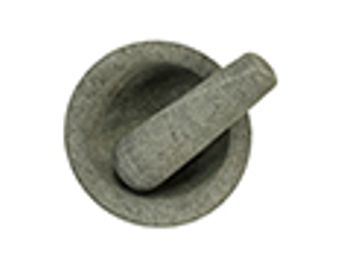
Formulating fixed-dose combination drugs proves more complex than simply adding one ingredient to another.

Formulating fixed-dose combination drugs proves more complex than simply adding one ingredient to another.

Researchers at the Technical University of Munich (TUM) have discovered a way of continuously and precisely dosing active agents using an oil-hydrogel mixture.

Inhalation drug delivery company Vectura announces new organizational structure to drive innovation, customer focus, and growth.
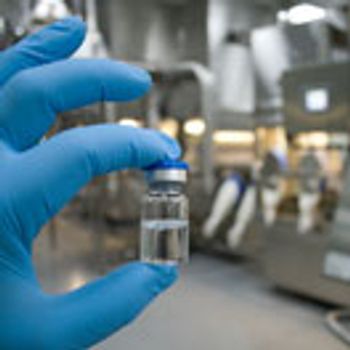
Consider equipment design, transfer systems, and maintenance when operating isolators for sterile manufacturing of pharmaceutical products.
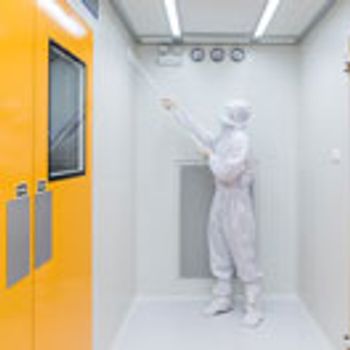
Careful design, planning, and record keeping are needed for cleaning and changeover in multiproduct pharmaceutical facilities.

GE Healthcare Life Sciences’ new facility for cell and gene processing supplies will be open in 2022.

Achieving effective manufacturing processes and sufficient capacity remains a top priority across a diversified biologic drug pipeline.

Generic pharmaceutical company, Hikma Pharmaceuticals, and biopharmaceutical company, Arecor, have entered into an exclusive agreement for the development and commercialization of a ready-to-use injectable medicine.

FDA’s approval rate slowed, but the US agency is still ahead of its international counterparts in green-lighting new drugs for market.

Advanced dynamic process control of a fluid-bed granulation process using PAT data improves product quality.

A coalition establishes a secure, direct link between a physical tablet and a digital backend for supply chain integrity.

Catalent and Ethicann Pharmaceuticals have announced a partnership aimed at developing a new combination pharmaceutical-grade CBD and THC product to treat MS spasticity using Catalent’s orally disintegrating tablet technology.
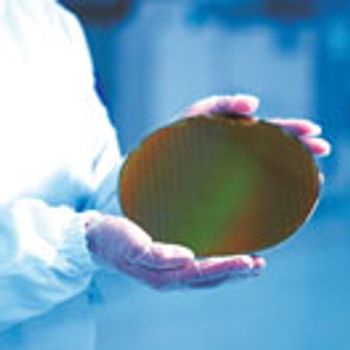
Applying lessons of raw materials’ characterization and supply-chain control from the semiconductor industry allow more rigorous control of the biopharmaceutical manufacturing process.

Visualization using virtual and mixed reality can aid with biopharma manufacturing facility design and training.

The key is to ensure that excipients only interact with APIs via desired mechanisms.
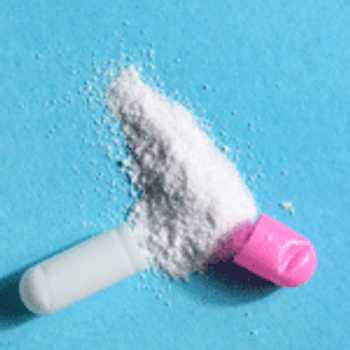
Spray drying is a versatile and rapid technique that can provide companies with a suitable and scalable option to improve the solubility and bioavailability of drug products.

As regulatory bodies extend the oversight of E&L testing, companies working with drug products need to make provisions on how to best comply with the evolving expectations.

Trends affecting primary pharmaceutical packaging include the shift to more complex drug-device combination products.
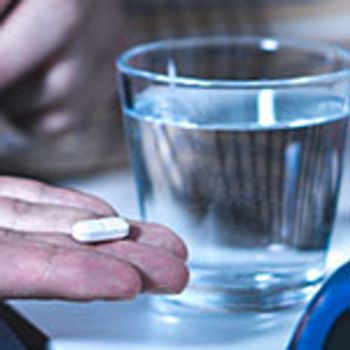
Research examined the effects of varying excipient and polymer weight in coatings designed to optimize the release of diclofenac sodium. The goal was to release it at night to improve the treatment of rheumatoid arthritis.

PATH’s Microarray Patch Center of Excellence aims to accelerate transdermal patch technology for public health needs.
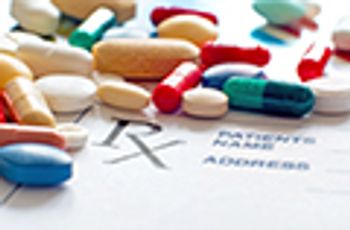
Several factors must be considered when reformulating APIs for pediatric, geriatric, and other specialty patient populations.

Intertek has announced that it has expanded its center of excellence for biopharmaceutical services in Manchester, United Kingdom, to support the development of biologics and gene therapies.

Lincoln Pharmaceuticals has received a patent, which is valid for 20 years, from the Government of India for its liquid diclofenac metered-dose rectal spray.

CHMP has recommended that Ervebo (rVSVΔG-ZEBOV-GP), a vaccine for active immunization against Ebola, be granted conditional marketing authorization in the EU.

CHMP has recommended that Baqsimi (glucagon), a non-injectable treatment for severe hypoglycemia, be granted marketing authorization in the EU.